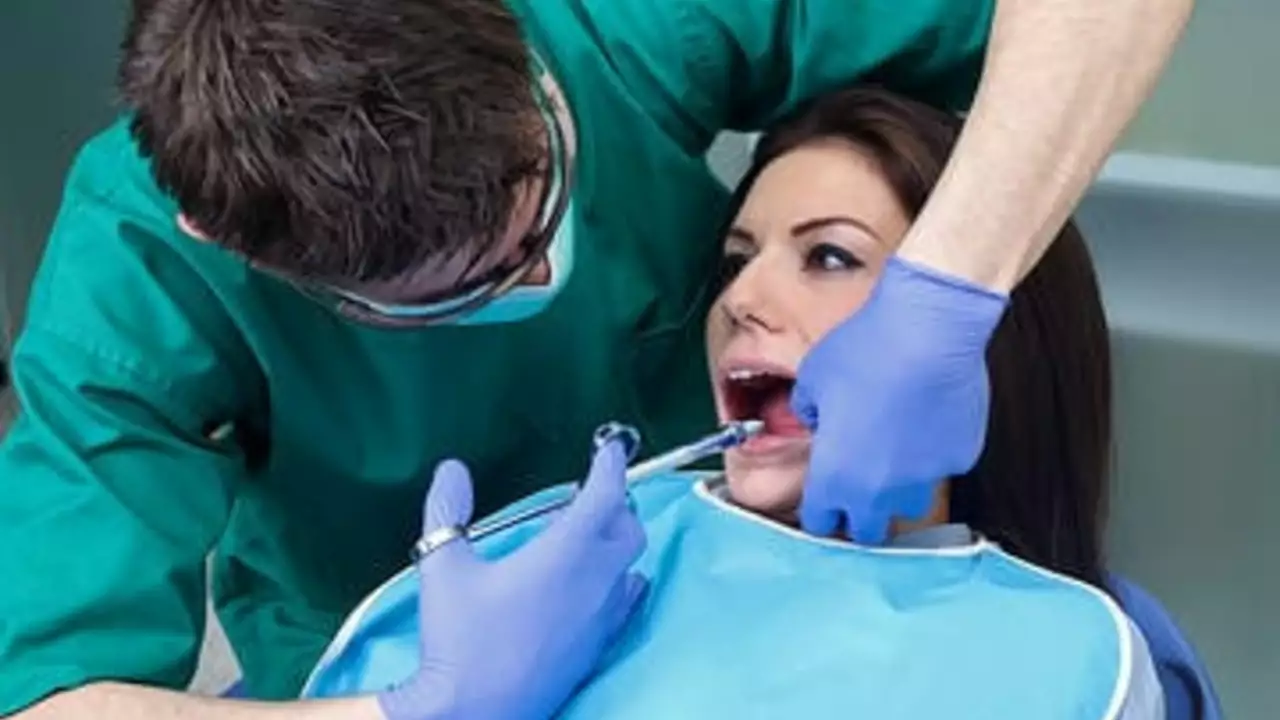The Fundamental Knowledge of Dentistry: Local Anesthetics
Believe me, folks, as a man who can relate all too well to the jitters people experience at the mere thought of sitting in that dental chair, I know the importance of anesthetics in dentistry all too well. When you think about it, how often has the sight of your furry friend at the vet (my Akita Uma jumps to mind) brought you back to your own times at the dentist? I know, it's not a pleasant memory, isn't it? Anesthetic agents in dentistry seem to be true saviors, numbing the sensation so that the dentist can do their job without reducing us to trembling wrecks. Learning about the different types of local anesthetics used in oral cavity treatments could help to get rid of at least part of that anxiety.
The Anesthetic Arsenal: Most Common Local Anesthetics in Dentistry
In the realm of dentistry, several local anesthetics are commonly used to ensure we don’t fly off the dentist's chair during procedures. Lidocaine is perhaps the most popular local anesthetic employed by dentists. It was first introduced in 1948 and was welcomed with open arms by medical practitioners everywhere, rendering its predecessor, the temperamental procaine, obsolete. Lidocaine is hailed for its fast onset and moderate duration of action, and it also has the least allergenic potential among all anesthetics. Mepivacaine, prilocaine, and articaine are other favorite picks dentists usually go for. They are like the A-team, each with their unique strengths that knock out our nerves (pun intended) during different dental procedures.
Procaine, the Original: A Respectful Nod to History
Even though we've moved on to using more advanced medicines, it wouldn’t do us harm to give due credit to procaine, the original game-changer. This was the first synthetic local anesthetic introduced in 1904 by a German chemist, Alfred Einhorn. Procaine was born of the dire need to replace cocaine which was used as the first local anesthetic in 1884. Imagine that, using cocaine as an anesthetic! That's a historical revelation Uma and I stumbled upon during our shared YouTube-in-the-evenings hangout.
What's in Your Syringe? Forms of Local Anesthetics Used
Local anesthetics could come in various forms depending on the planned procedure and the patient's individual needs. For simplicity, let's categorize them into two main types: topical and injectable anesthetics. The former is often available in the form of gels, sprays, or ointments, and can be applied directly onto the oral tissue for numbing. These work their magic before the much-dreaded needle is brought in, making the prick far less threatening. The latter, as the name suggests are injected directly into the tissue, numbing a larger, more specific area.
The Unavoidable: Side Effects and Reactions
Despite their benefits, it's essential to be aware that local anesthetics can trigger some side effects or reactions too, although these are rare. After my last dental procedure, I remember feeling like Uma rudely hit my mouth with her tail for hours. Besides, patients might experience numbness, light-headedness or mild allergic reactions. Fear not, these sensations are usually temporary, and your specialist is well equipped to handle these situations confidently and professionally.
The Future of Numbing: Recent Advances in Local Anesthetics
Despite the progress we have made in this field, scientists are constantly seeking newer and better methods to enhance pain management in dental treatments. What's amazing is that recent studies are focusing on techniques using nanotechnology and novel delivery systems for more effective and safer anesthesia, which signifies that the future of painless dental procedures is literally on our doorstep.
To round it up, local anesthetics are true unsung heroes in dental procedures, providing us with relief and making dental treatments as comfortable as a lazy Sunday with Uma on my lap, her snoring the only sound breaking the silence. It's fascinating to see how far we've come in the field of dental anesthetics and how research promises an even better future. So, the next time you're sitting in the dentist chair, I hope knowing a bit about the magic behind those numbing agents makes your visit just a tad bit less scary. As a patient myself and Uma's favorite human, I bid you fearless and painless future dental procedures!


Jessica Glass
August 1, 2023 AT 03:37Krishna Kranthi
August 1, 2023 AT 12:41Wendy Stanford
August 2, 2023 AT 06:54Lilly Dillon
August 2, 2023 AT 23:52Shiv Sivaguru
August 3, 2023 AT 23:14Gavin McMurdo
August 4, 2023 AT 00:52Jesse Weinberger
August 4, 2023 AT 23:13Emilie Bronsard
August 5, 2023 AT 15:20